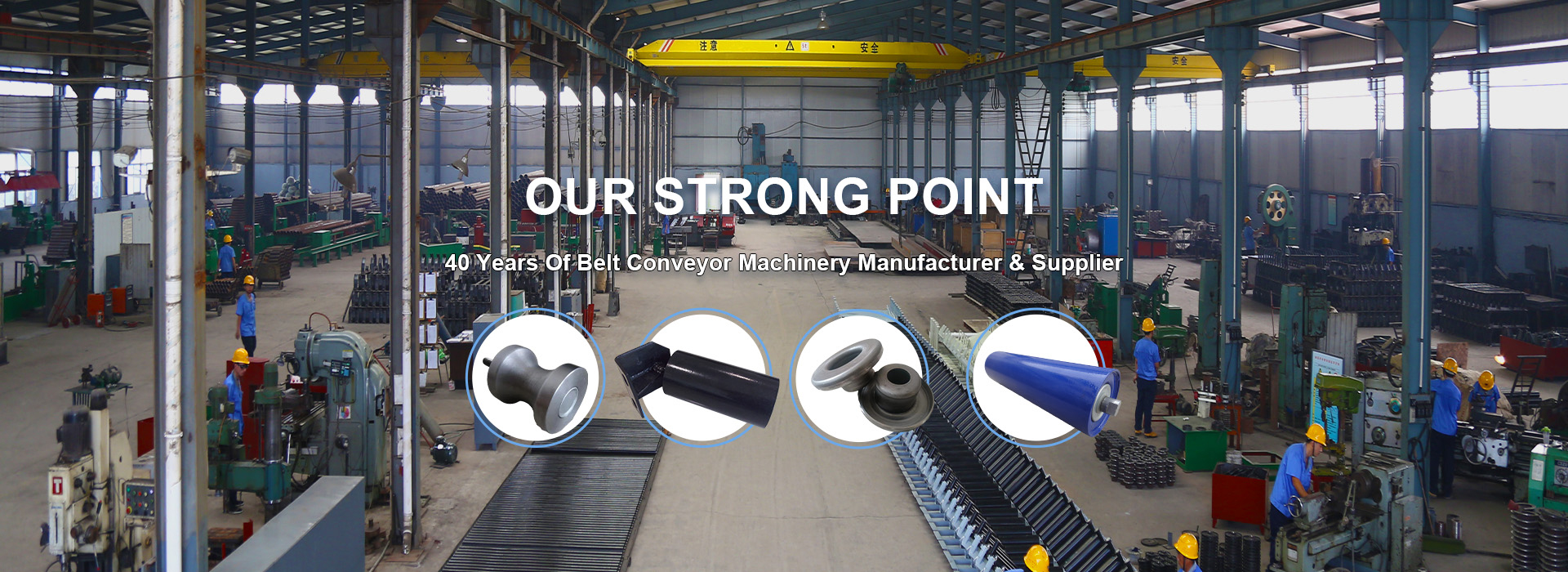 Afrikaans
Afrikaans  Albanian
Albanian  Amharic
Amharic  Arabic
Arabic  Armenian
Armenian  Azerbaijani
Azerbaijani  Basque
Basque  Belarusian
Belarusian  Bengali
Bengali  Bosnian
Bosnian  Bulgarian
Bulgarian  Catalan
Catalan  Cebuano
Cebuano  Corsican
Corsican  Croatian
Croatian  Czech
Czech  Danish
Danish  Dutch
Dutch  English
English  Esperanto
Esperanto  Estonian
Estonian  Finnish
Finnish  French
French  Frisian
Frisian  Galician
Galician  Georgian
Georgian  German
German  Greek
Greek  Gujarati
Gujarati  Haitian Creole
Haitian Creole  hausa
hausa  hawaiian
hawaiian  Hebrew
Hebrew  Hindi
Hindi  Miao
Miao  Hungarian
Hungarian  Icelandic
Icelandic  igbo
igbo  Indonesian
Indonesian  irish
irish  Italian
Italian  Japanese
Japanese  Javanese
Javanese  Kannada
Kannada  kazakh
kazakh  Khmer
Khmer  Rwandese
Rwandese  Korean
Korean  Kurdish
Kurdish  Kyrgyz
Kyrgyz  Lao
Lao  Latin
Latin  Latvian
Latvian  Lithuanian
Lithuanian  Luxembourgish
Luxembourgish  Macedonian
Macedonian  Malgashi
Malgashi  Malay
Malay  Malayalam
Malayalam  Maltese
Maltese  Maori
Maori  Marathi
Marathi  Mongolian
Mongolian  Myanmar
Myanmar  Nepali
Nepali  Norwegian
Norwegian  Norwegian
Norwegian  Occitan
Occitan  Pashto
Pashto  Persian
Persian  Polish
Polish  Portuguese
Portuguese  Punjabi
Punjabi  Romanian
Romanian  Russian
Russian  Samoan
Samoan  Scottish Gaelic
Scottish Gaelic  Serbian
Serbian  Sesotho
Sesotho  Shona
Shona  Sindhi
Sindhi  Sinhala
Sinhala  Slovak
Slovak  Slovenian
Slovenian  Somali
Somali  Spanish
Spanish  Sundanese
Sundanese  Swahili
Swahili  Swedish
Swedish  Tagalog
Tagalog  Tajik
Tajik  Tamil
Tamil  Tatar
Tatar  Telugu
Telugu  Thai
Thai  Turkish
Turkish  Turkmen
Turkmen  Ukrainian
Ukrainian  Urdu
Urdu  Uighur
Uighur  Uzbek
Uzbek  Vietnamese
Vietnamese  Welsh
Welsh  Bantu
Bantu  Yiddish
Yiddish  Yoruba
Yoruba  Zulu
Zulu drive rollers for belt conveyors
Drive Rollers for Belt Conveyors A Comprehensive Overview
Belt conveyors are integral components in various industries, facilitating the transportation of materials efficiently and effectively. A crucial element of these systems is the drive roller, which plays a vital role in the operation and performance of belt conveyors. Understanding the functionality and significance of drive rollers can help in optimizing conveyor systems for better operational efficiency.
Drive Rollers for Belt Conveyors A Comprehensive Overview
One of the primary functions of drive rollers is to provide traction to the conveyor belt. The surface of the drive roller is usually designed with a specific texture or coating to ensure a strong grip on the belt, minimizing slippage during operation. This is essential for maintaining a consistent flow of materials and avoiding disruptions that could lead to delays or increased operational costs.
drive rollers for belt conveyors

Additionally, the diameter of the drive roller affects the belt tension and the conveyor’s ability to handle heavier loads. Larger diameter rollers can offer better performance under high-load conditions, while smaller rollers are often used for lighter applications. Furthermore, the material used in the construction of drive rollers, typically steel or rubber, can influence the durability and wear resistance of the component, impacting its lifespan and maintenance requirements.
Incorporating adjustable drive rollers into a conveyor design can provide added flexibility, allowing operators to modify the speed and tension of the system according to varying load demands. Drive rollers can also be outfitted with various features, such as bearings or springs, to enhance their functionality and improve the overall efficiency of the conveyor system.
Regular maintenance of drive rollers is crucial for ensuring the longevity and reliability of belt conveyors. This includes routine inspections for wear and tear, lubrication of moving parts, and alignment checks to prevent unnecessary strain on the system. Prompt identification and replacement of worn rollers can prevent costly downtime and enhance the operational efficiency of the conveyor system.
In conclusion, drive rollers are essential components of belt conveyors, significantly impacting their performance and reliability. By understanding their role, selecting appropriate designs, and committing to regular maintenance, businesses can maximize the efficiency of their conveyor systems, leading to improved productivity and reduced operational costs.
-
Revolutionizing Conveyor Reliability with Advanced Rubber Lagging PulleysNewsJul.22,2025
-
Powering Precision and Durability with Expert Manufacturers of Conveyor ComponentsNewsJul.22,2025
-
Optimizing Conveyor Systems with Advanced Conveyor AccessoriesNewsJul.22,2025
-
Maximize Conveyor Efficiency with Quality Conveyor Idler PulleysNewsJul.22,2025
-
Future-Proof Your Conveyor System with High-Performance Polyurethane RollerNewsJul.22,2025
-
Driving Efficiency Forward with Quality Idlers and RollersNewsJul.22,2025





























